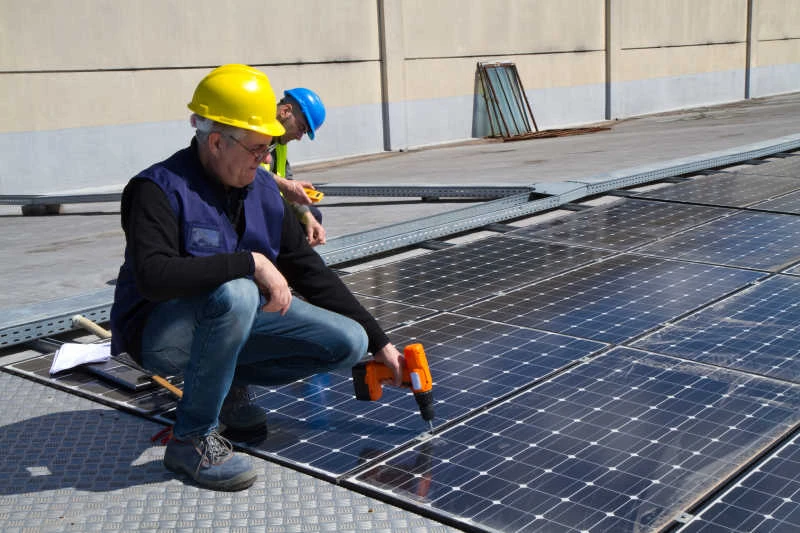Understanding the Functionality of Solar Hybrid Inverters and Their Operating Principles
Understanding the Working Principle of Solar Hybrid Inverters
Solar hybrid inverters are key components in modern solar energy systems, combining the functionalities of both solar inverters and battery inverters. These devices play a crucial role in enhancing energy efficiency, reducing electricity costs, and increasing energy independence. To fully grasp the advantages of solar hybrid inverters, it is essential to understand their working principles.
At the heart of a solar hybrid inverter is its ability to convert direct current (DC) generated by solar panels into alternating current (AC) that can be used by home appliances and fed back into the power grid. This conversion process involves several steps and components, making the inverter a sophisticated device.
1. Solar Energy Generation The process begins with solar panels capturing sunlight and converting it into DC electricity. The efficiency of this conversion depends on factors such as the type of solar panels used, the angle of sunlight, and environmental conditions.
2. DC to AC Conversion Once the solar panels generate DC electricity, the solar hybrid inverter receives this energy. Inside the inverter, a process called pulse-width modulation is employed to convert the DC into AC. This is achieved by switching the DC output on and off rapidly, creating a square wave that is modified into a smoother sine wave, resembling the AC current utilized in residential and commercial buildings.
solar hybrid inverter working principle

3. Energy Management One of the most notable features of solar hybrid inverters is their ability to manage energy use efficiently. They can monitor the amount of electricity generated from the solar panels, the energy consumption of the household, and any excess electricity that may be fed back into the grid. In times of high energy generation and low consumption, the inverter will prioritize charging the battery storage system, ensuring that excess energy is not wasted.
4. Battery Integration Hybrid inverters are uniquely designed to work with battery storage systems. This additional component allows users to store surplus energy generated during the day for use during the night or during periods of low solar generation. This flexibility enhances energy independence and provides a reliable backup during power outages.
5. Grid Interaction Solar hybrid inverters are also capable of interacting with the grid. They can export excess energy back to the grid when production exceeds local consumption, often allowing homeowners to earn credits through net metering. Conversely, during times of low solar output, the inverter can draw power from the grid to meet household needs, providing a seamless energy supply.
6. Smart Features Many modern solar hybrid inverters come equipped with advanced smart features, including remote monitoring and control via smartphone apps. Users can track their energy production and consumption, receive alerts for potential issues, and optimize their energy use based on real-time data.
In summary, the working principle of solar hybrid inverters revolves around the efficient conversion and management of solar energy. By harnessing the power of the sun and intelligently integrating battery storage, these inverters maximize the use of renewable energy, reduce dependence on grid electricity, and offer financial savings for users. As technology continues to advance, solar hybrid inverters will play an increasingly important role in the transition to sustainable energy solutions, fostering a cleaner, more energy-efficient future.
-
Unlocking Energy Freedom with the Off Grid Solar InverterNewsJun.06,2025
-
Unlock More Solar Power with a High-Efficiency Bifacial Solar PanelNewsJun.06,2025
-
Power Your Future with High-Efficiency Monocrystalline Solar PanelsNewsJun.06,2025
-
Next-Gen Solar Power Starts with Micro Solar InvertersNewsJun.06,2025
-
Harnessing Peak Efficiency with the On Grid Solar InverterNewsJun.06,2025
-
Discover Unmatched Efficiency with the Latest String Solar InverterNewsJun.06,2025







